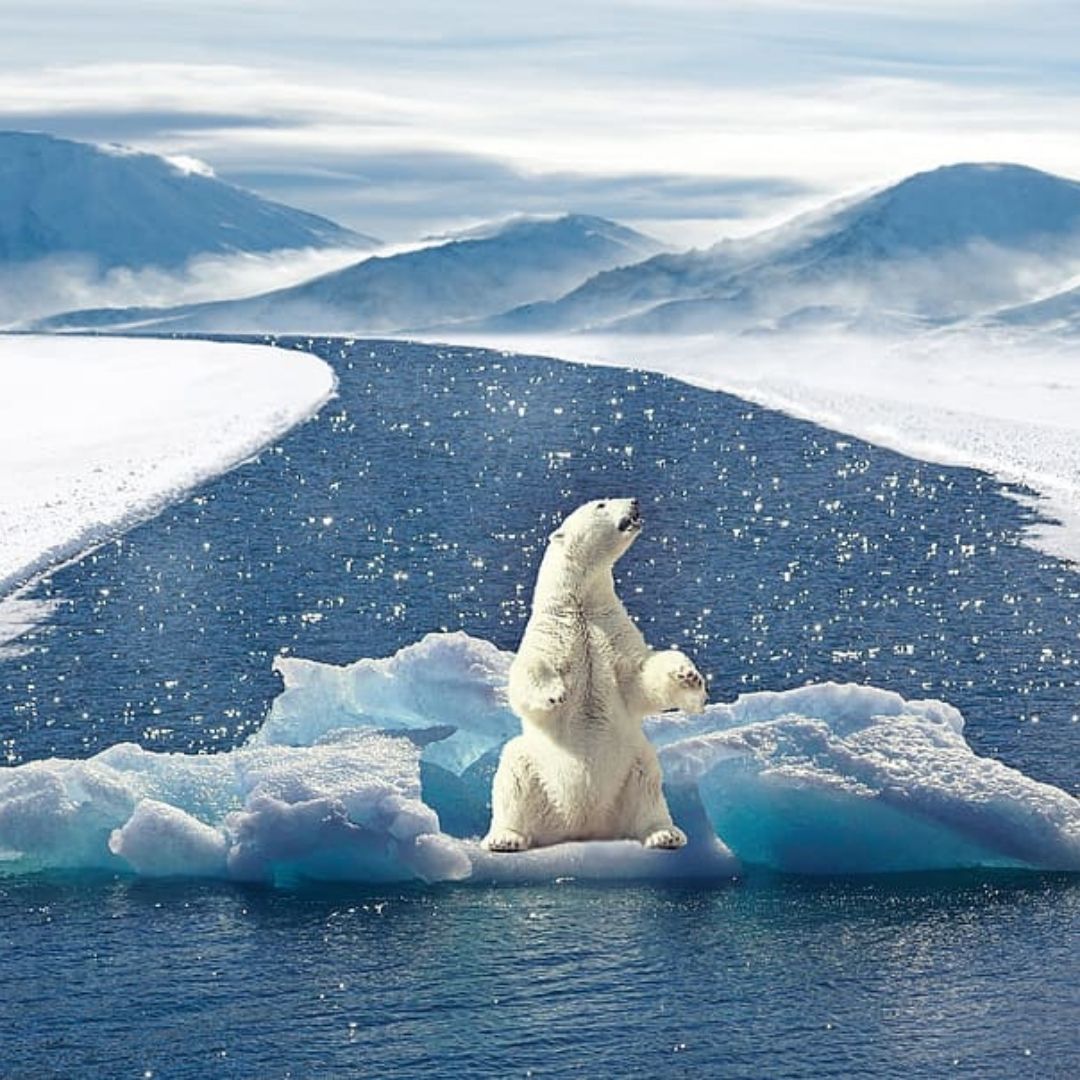
Image Credit: Pxfuel
Protecting Ozone Layer Amid Growing Climatic Concerns
Writer: Ratika Rana
Her primary objective is to inform, promote, educate and cultivate readers through writing.
Others/World, 16 Sep 2021 10:38 AM GMT | Updated 16 Sep 2021 10:39 AM GMT
Editor : Ankita Singh |
A literature lover who likes delving deeper into a wide range of societal issues and expresses her opinions about the same. Keeps looking for best-read recommendations while enjoying her coffee and tea.
Creatives : Ratika Rana
Her primary objective is to inform, promote, educate and cultivate readers through writing.
On September 16, the world celebrates International Day for the preservation of the Ozone layer. It is a fragile shield of gas, that protects the earth from the harmful portions of the sun's rays, and helps to preserve life on Earth.
People worldwide agree on rising temperatures, extreme weather conditions in summers and winters, drying up of riverbeds and melting of ice sheets. The ozone layer is a sheet of gas surrounding the earth that protects the planet from the sun's harmful ultraviolet rays. The World Ozone Day or the International Day for Preservation of Ozone Layer is marked to emphasize the importance of the layer to the governments and individuals. The ozone layer creates a shield of gases around the earth to protect it from the harmful rays emanating from the sun.
The United Nations Environmental Programme (UNEP) signed the Montreal Agreement in 1987, making it the global agreement to protect the layer protecting the planet. Owing to the united global effort by several countries, the programme has been one of the most rewarding initiatives to date. The protocol does more than just spread awareness about the consequences of a widening ozone hole; it helps slow down climate change and helping to boost energy efficiency in the cooling sector, thereby providing food security to several thousand.
What Is The Montreal Agreement?
The primary aim of the Montreal Protocol is to protect the ozone layer by taking measures to control the global production and consumption of elements that deplete it. As proposed by the protocol, the elimination techniques would follow scientific knowledge and constant technological advancement. However, even though the Montreal protocol has considerably managed to slow down the world's pace towards climate change, scientists are still worried because of the alarming signs that indicate the ozone layer's cries for help.
Greenland is one of those places that hardly witness temperatures above freezing point. Last month, the island witnessed rainfall, raising alarms among climate change activists and scientists. The rising global warming would lead to the melting of ice sheets, further causing altering coastlines and submerging several cities. CNBC TV18 quoted the US National Snow & Ice Data Centre; on August 14, Greenland observed rainfall at 10,551 feet for several hours, and the temperature rose above the freezing point for the third time in the decade.
After almost 84 years, the temperature in Canada touched close to 50 degrees Celsius, claiming the lives of 400 people. All the schools, colleges, offices and vaccination centres were closed due to high temperatures. The temperature rise is because of the high pressure of the air coming from two places, Alaska and the Hudson Bay in Canada. The hoot winds are so strong that the cold currents in the sea cannot penetrate inside their system.
Climatic Changes
The prolonged drought, depleting surface soil moisture, increasing relative humidity, and frequent heat waves were some of the most reliable causes of the massive wildfires that engulfed Australia in 2019 and 2020 and destroyed more than 12 million acres of land. The blazes destroyed nearly 2,000 homes and harmed 3 billion animals. Apart from that, wildfires can magnanimously increase air pollution and impact people's respiratory and cardiovascular health.
The island nation of Maldives might entirely be submerged under the ocean waters if they fail to acquire enough funds to counter rapid climate change. The concern is so real that experts fear that the world might lose five islands, including the Maldives, by the end of the 21st century. Scientists have claimed that one of the most preferred island destinations can be submerged in less than sixty years, only because of global warming.
Scientists have suggested ways in which individuals can play their part to narrow down the Ozone hole. Limiting the use of chlorofluorocarbons (CFCs), minimizing cars by carpooling, taking public transports and opting for a more sustainable bicycling option is one of the alternatives. Purchasing local food products reduces the stress of buying processed food that has travelled long distances, thus reducing the emission of nitrous oxide during transport.
Also Read: Temperature Crossing 50 Degree Mark Becoming Frequent: Study
 All section
All section














